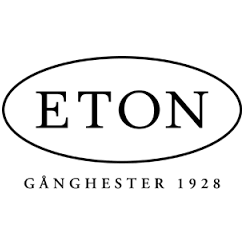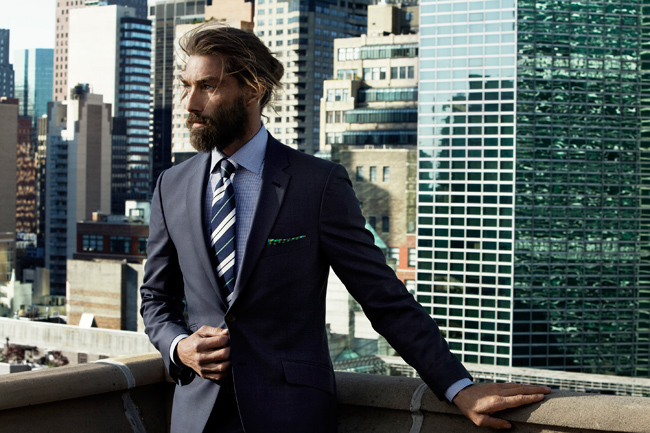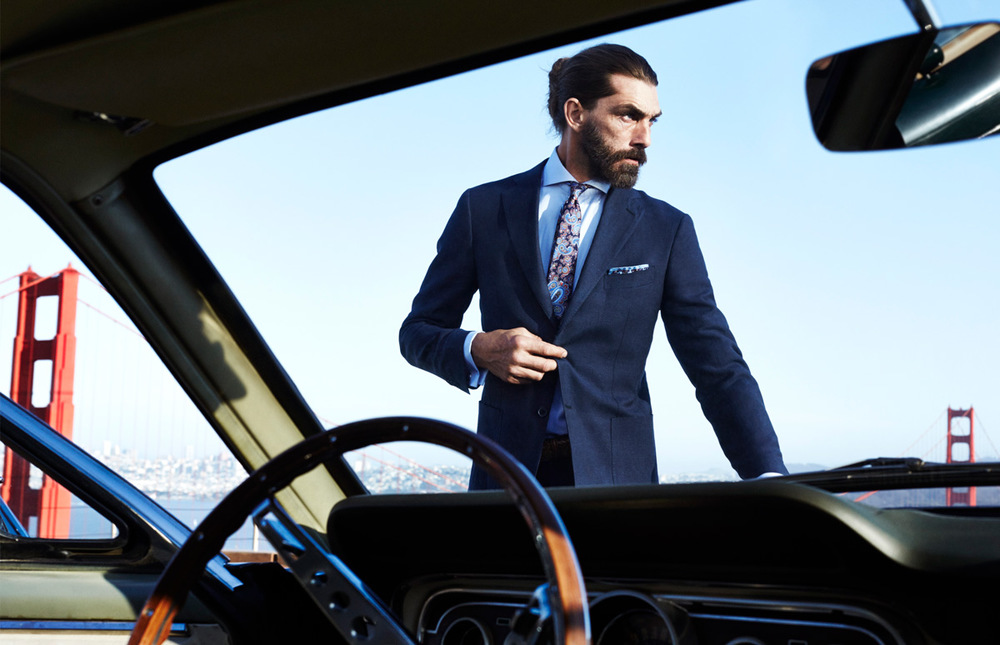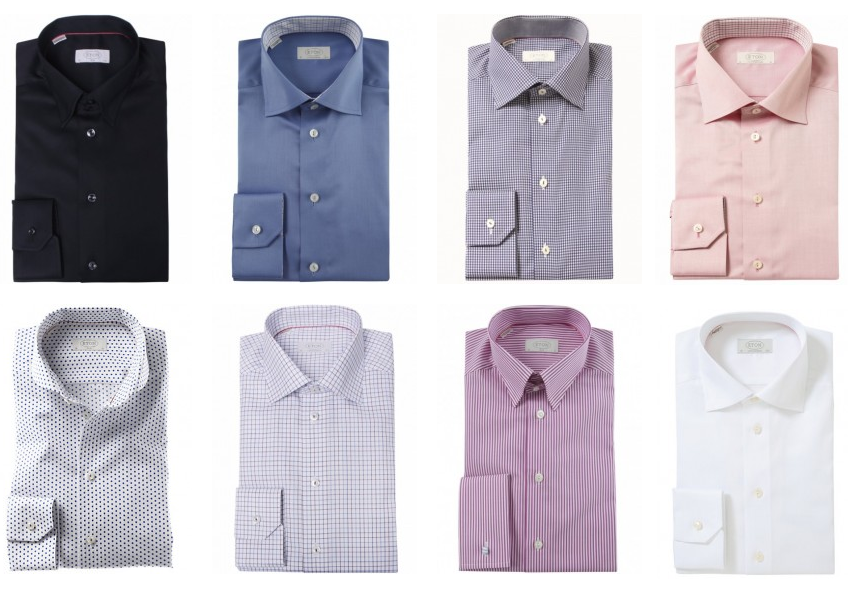 The not-very-Swedish-sounding-Swedish-brand, Eton are shirting experts. Founded by husband and wife David and Annie Pettersson in Ganghester, Sweden in 1928, Eton remains a family-owned company run by David and Annie’s grandson, Hans Davidson.
The not-very-Swedish-sounding-Swedish-brand, Eton are shirting experts. Founded by husband and wife David and Annie Pettersson in Ganghester, Sweden in 1928, Eton remains a family-owned company run by David and Annie’s grandson, Hans Davidson.
The brand still makes their shirts in the original factory in Sweden, as well as Eton-operated factories in Estonia and Romania. They use fine, extra-long staple cotton from Giza in Egypt and Pima in Northern California, which is the finest cotton currently available and accounts for only 0.7 per cent of the world’s production.

Their use of the highest quality fabrics and expert tailoring techniques create premium shirting for the professional gent. Crafted from pure cotton which has been specially developed so that the shirt responds to body heat, resulting in a wrinkle-free finish, an Eton shirt is set to make you look immaculate all day long.
The biggest selling point of an Eton shirt is its lack of creasing, which is attained by altering the molecular structure of the cotton fibres rather than coating the fabric – not only making you look smarter for longer, but also rendering your iron redundant.
The flagship Eton shirt shop in South Molton Street in London, is not a place for the indecisive or easily bewildered. So many choices! Stripes versus plains versus checks. Button-down collar versus button-under. Cutaway collar versus extreme cutaway collar. Double cuff versus single… And that’s before you’ve even got to the myriad contrasting buttonhole and monogram options.
With so many options it’s easy to spend your whole day in the store and develop an extreme addiction to their high-quality appeal. When you first put on an Eton shirt it immediately feels like cooling liquid silk against the skin. Tailored to your body shape, their shirts are second to none. They feel good, look good and last a lifetime.

The company began life at the end of the 1920s in Gånghester in Sweden. Set up by Annie and David Pettersson, the grandparents of the current chief executive, it was originally called Skjortfabriken Special (the Special Shirt Factory). Years down the line, a younger generation of Petterssons conceded that the name didn’t exactly trip off the tongue. On the lookout for something snappier, they were driving through Eton in Berkshire one day when they realised they’d found it. It’s probably a good job they hadn’t taken a diversion through Slough…
Eton still pride themselves on their use of only the very best raw materials and tailors with meticulous care and attention to detail. This ensures that the wide choice of traditional and modern styles, colours and patterns of Eton shirts meet the demands of any fashion conscious contemporary man.
The collections offer a variety of designs and colours, from simple solids, to striped and check shirts, along with vibrant colours to more subdued pastels, Eton ensure that there is a shirt to suit any personality. The quality of fabric and the careful craftsmanship provides clothing that is luxurious, stylish and comfortable. As well as their fabulous quality, Eton shirts feature an easy-iron finish, making the formal shirts hassle-free and a favourite choice for a busy working gent.
 Basic shirt care tips:
Basic shirt care tips:
- Always, always undo the buttons. None of that undoing the top one only, lifting the shirt over the head and throwing it into the machine – that way unsightly creasing of the placket lies.
- Wash at 60 degrees maximum. Any hotter than that and your shirts will be far more likely to shrink. While we’re at it, only ever wash shirts with shirts, and don’t overload the machine, unless you want them to look even more creased than Keith Richards.
- Beware dry-cleaners. Appealing as a shirt service is to the busy man or woman, the dry-cleaning process isn’t kind to shirts, and many buttons are broken by industrial irons.
- Do not wring the shirt of excess moisture, because you will damage the fibres and cause unnecessary creasing, and do not tumble-dry. The best thing you can do for your shirt is air-dry it on a hanger.
- Everyone and their mum has an opinion on the “correct” sequence to iron a shirt, whether yoke or sleeves first. None of that matters, but you should try to iron the reverse of the fabric rather than the good side, and (perhaps surprisingly) you shouldn’t iron the collar or cuffs – it will soon lose its structure and ruckle if you do. If you really must, press it with a towel between the iron and the cloth, and never use the steam setting.
For more information please visit the official website here.
